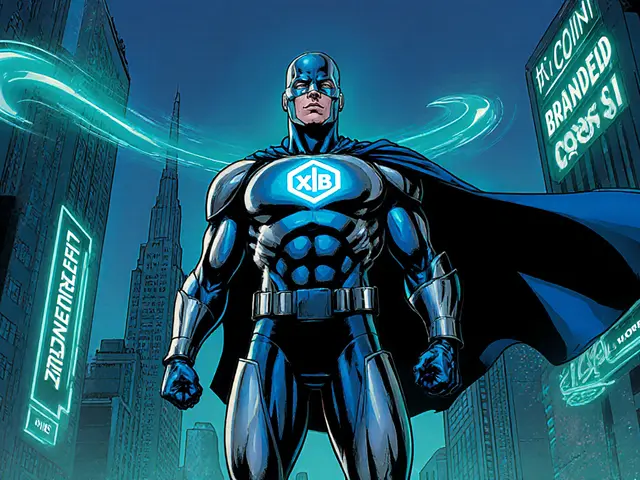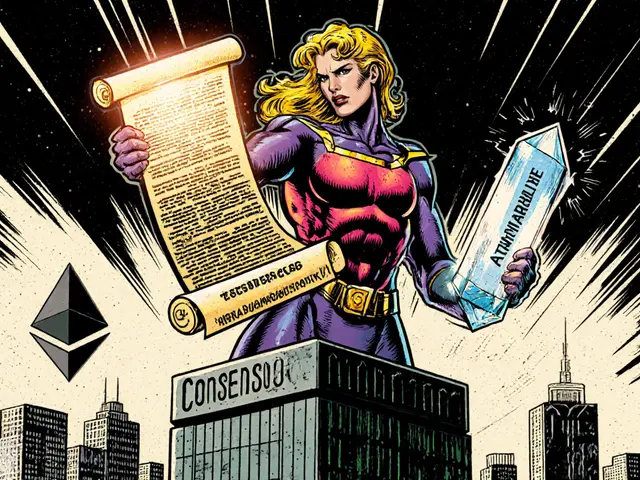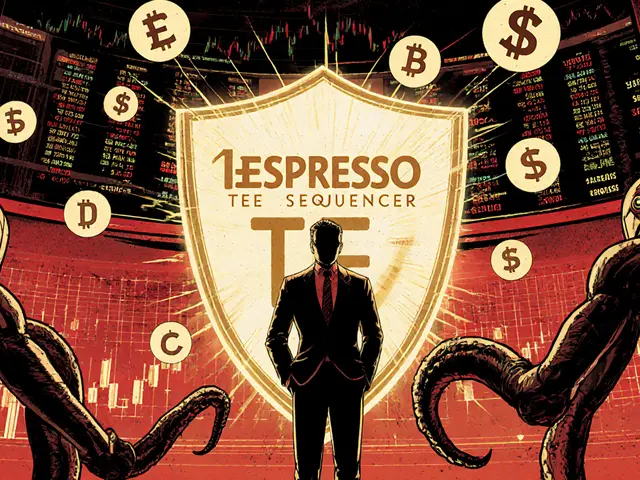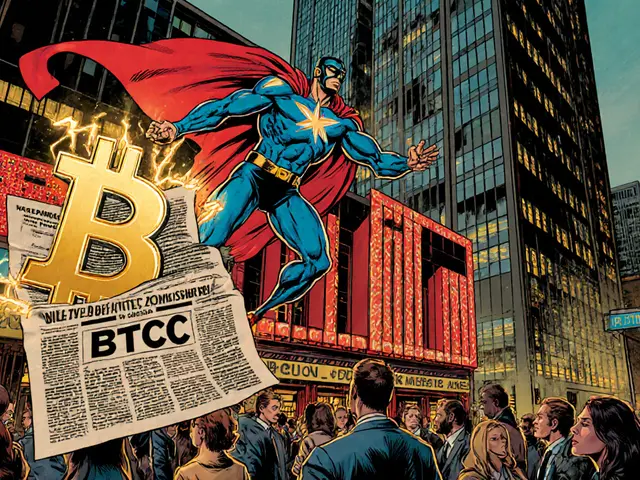Bitcoin blockchain: How it works, why it matters, and what’s next
When you hear Bitcoin blockchain, the first and most widely used decentralized digital ledger that records all Bitcoin transactions in a tamper-proof chain of blocks. Also known as the original blockchain, it doesn’t run on a company server or bank system—it runs on thousands of computers around the world, all agreeing on what’s true, one block at a time. This isn’t just tech jargon. It’s the reason you can send money to someone across the planet without a middleman, and why no single person or government can erase your transaction history.
The peer-to-peer technology, a network model where computers talk directly to each other without relying on central servers. Also known as P2P networking, it’s what makes the Bitcoin blockchain possible. Before Bitcoin, file-sharing apps like Napster used P2P, but they got shut down because they depended on central indexes. Bitcoin fixed that by using cryptography and consensus rules instead. Every time a new block is added, hundreds of machines verify it. No single node controls the network. That’s why it’s so hard to hack or manipulate.
And it’s not just about money. The blockchain forks, splits in the blockchain that happen when developers or users disagree on rules. Also known as chain splits, they’ve shaped the entire crypto landscape. Bitcoin itself had forks—Bitcoin Cash, Bitcoin SV—because people argued over how big blocks should be. These aren’t failures. They’re debates made visible in code. You’ll see forks in our posts: some planned, some messy, all revealing how decentralized systems evolve when no one’s in charge.
What you’ll find here isn’t theory. It’s real-world analysis. We’ve pulled together posts that show how the Bitcoin blockchain influenced everything from smart contracts on Ethereum to modular chains like Celestia. You’ll read about how Nigeria’s underground crypto economy ran on Bitcoin’s P2P model during a government ban. You’ll see how forks split communities and create new tokens. You’ll learn why Bitcoin’s design still sets the standard—even as newer blockchains try to outdo it.
This isn’t a history lesson. It’s a toolkit. Whether you’re trying to understand why Bitcoin still holds value, or how its architecture inspired DeFi, NFTs, and decentralized apps, the answers are in the blockchain itself. No hype. No promises. Just how it works, what went wrong, and where it’s headed next.







